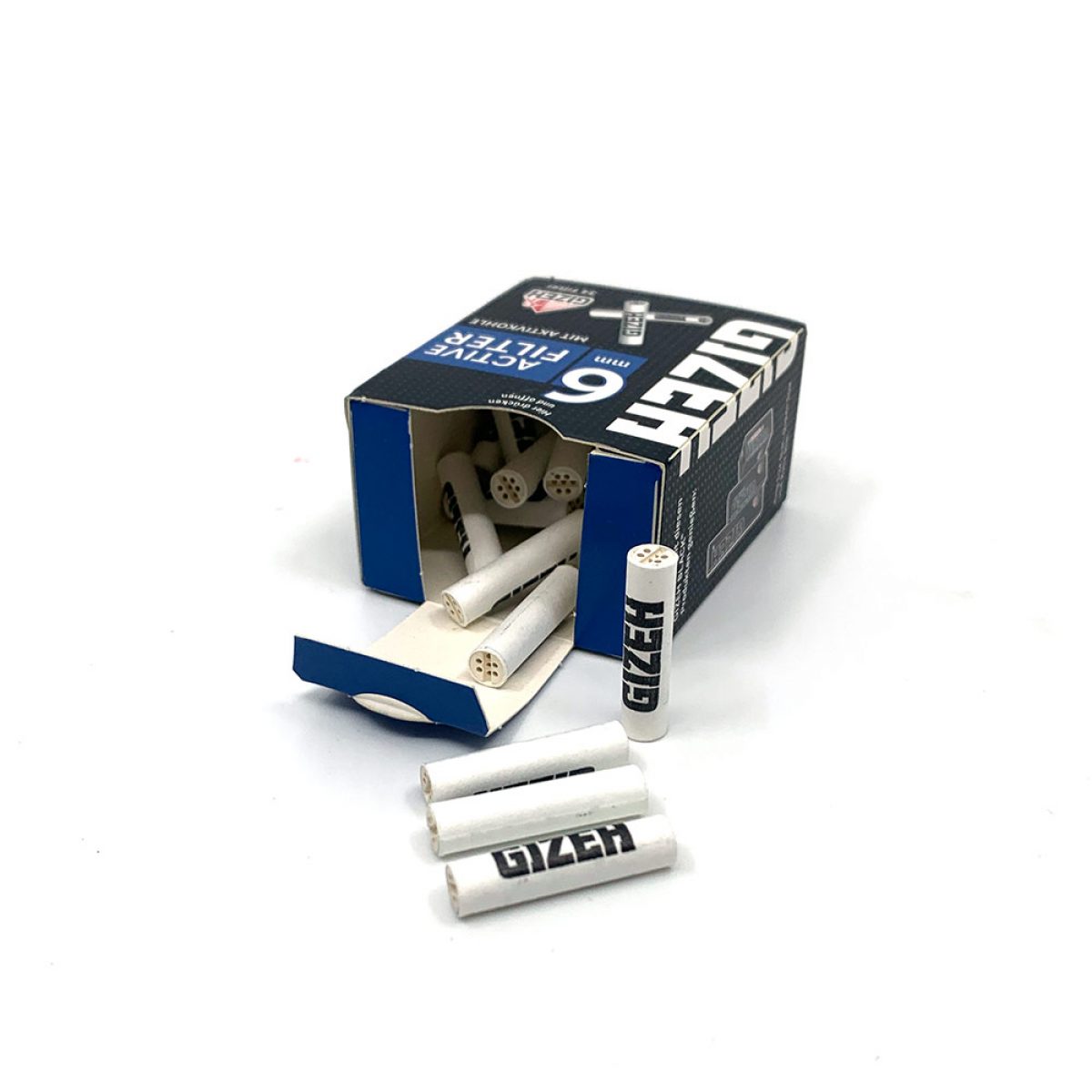

New orange color! The same Vapor-Clean that you trust for all of your MH-susceptible patients has a new orange color.

Placement of the Vapor-Clean filter canisters on the anesthesia machine allows the machine to be vapor-free (less than 5 parts per million of vapor) within 90 seconds. The Vapor-Clean filters absorb the trace amounts of isoflurane, sevoflurane and desflurane so that anesthetic vapors do not reach the patient. The anesthesia gas machine requires high flows and a lengthy time period to remove most of the vapor before the machine can be used for a patient that cannot tolerate breathing trace amounts of volatile anesthetic vapor. Carbon block filters employ the use of activated carbon, which generally comes in three variations: Coal-based activated carbon Wood-based activated carbon Coconut-based activated carbon In this article, we will examine the differences between these three types of activated carbon. Websters Collegiate Dictionary defines adsorption as the adhesion in. Newer anesthesia gas machines contain plastic and elastomeric components that absorb volatile anesthetics and then release residual vapor during subsequent anesthetic procedures. Carbon filters remove chemicals by the process of adsorption (as opposed to absorption). Active coal filter Abstract The activated charcoal filter (1) has filter housing (2) that is provided with a chamber (3) and activated charcoal (4) that is arranged in the chamber. Small sediments like sand and silt are commonly.

Charcoal filters are great for trapping dirt and can help neutralize those smells. Prepare Any Anesthesia Machine for Susceptible Patients in Less than 90 Seconds Sediment and carbon filters both work to remove harmful particles from water, but they function differently. Fortunately, range hoods exist to neutralize odors and filter your air.


 0 kommentar(er)
0 kommentar(er)
